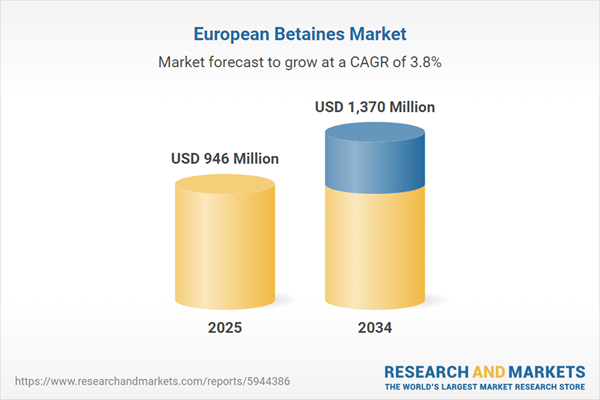Betaine is used as a foam booster, viscosity modifier and co-surfactant in the home and personal care sector. In addition to this, it is also employed in the manufacturing of detergents, cosmetics, animal feed, plastics, pharmaceuticals, coatings and paints.
At present, synthetic betaines are extensively used in diverse industries. However, natural betaine is gaining traction owing to the rising awareness about the harmful effects of synthetic betaines such as nausea, heartburn and stomach upset. Some of the important raw materials used for producing different grades of betaine are fatty acids, MCA and DMAPA.
Market Segmentation
Betaine is a chemical compound found in cereals, spinach, sugar beet, quinoa, shrimp, broccoli, beef, sweet potato and brown rice. Consuming foods containing betaine aid in improving physical performance, curing cardiovascular diseases, reducing fat and enhancing metabolism. As a result, the use of betaine in the food industry has increased in the past few years. It is now also being used in functional drinks to improve their nutritional value. Besides this, betaine is utilized for manufacturing various toiletries and cosmetics due to its high-water retention capability.Based on application, the market can be divided into:
- Food and Beverages
- Home and Personal Care
- Animal feed
- Others
Market Breakup by Region:
- Germany
- United Kingdom
- Netherlands
Market Analysis
Betaine finds applications in the personal care industry due to its advantageous properties. It is extensively used for manufacturing cream, body wash, shampoo, cleansing lotions, baby products and hand soap. As it is used in the production of personal care products, it has been proactive in maintaining the market growth. Due to high per capita income in the United Kingdom, Germany, Italy and Spain, there is a perpetual demand for these products which has further spurred the growth of the industry. Further, the thriving food industry is also propelling the demand for betaines in the region.In Europe, several food regulatory bodies have sanctioned the utilization of betaine in the food industry. For instance, EFSA panel on Dietetic Products, Nutrition and Allergies (NDA) approved that betaine can be consumed as a novel food (NF) at a maximum intake of 400 mg/day in the target population, that is, sports enthusiasts above 10 years of age. This regulation, coupled with the rising consumption of health supplements, is boosting the sales of betaines in the region.
Price Analysis
In 2016, a decrease in the rates of crude oil largely reduced the prices of fatty acid betaine by 12%. Nonetheless, prices increased by 8% owing to the prevailing conditions of El Nino in 2016 and was considered the highest increase in the past 5 years. Country-wise price trends and detailed market scenario of feedstocks such as MCA and DMAPA is offered in this report.Competitive Landscape
The report gives a detailed analysis of the following key players in the Europe betaines market, covering their competitive landscape, capacity, and latest developments like mergers, acquisitions, and investments, expansions of capacity, and plant turnarounds:- Evonik Industries AG
- Clariant AG
- Solvay S.A.
- Croda International Plc
- BASF France SAS
- Kao Chemicals Europe, S.L.
- Enaspol Inc.
Table of Contents
Companies Mentioned
The key companies featured in this Europe Betaines market report include:- Evonik Industries AG
- Clariant AG
- Solvay S.A.
- Croda International Plc
- BASF France SAS
- Kao Chemicals Europe, S.L.
- Enaspol Inc.
Table Information
| Report Attribute | Details |
|---|---|
| No. of Pages | 104 |
| Published | August 2025 |
| Forecast Period | 2025 - 2034 |
| Estimated Market Value ( USD | $ 946 Million |
| Forecasted Market Value ( USD | $ 1370 Million |
| Compound Annual Growth Rate | 3.8% |
| Regions Covered | Europe |
| No. of Companies Mentioned | 8 |









